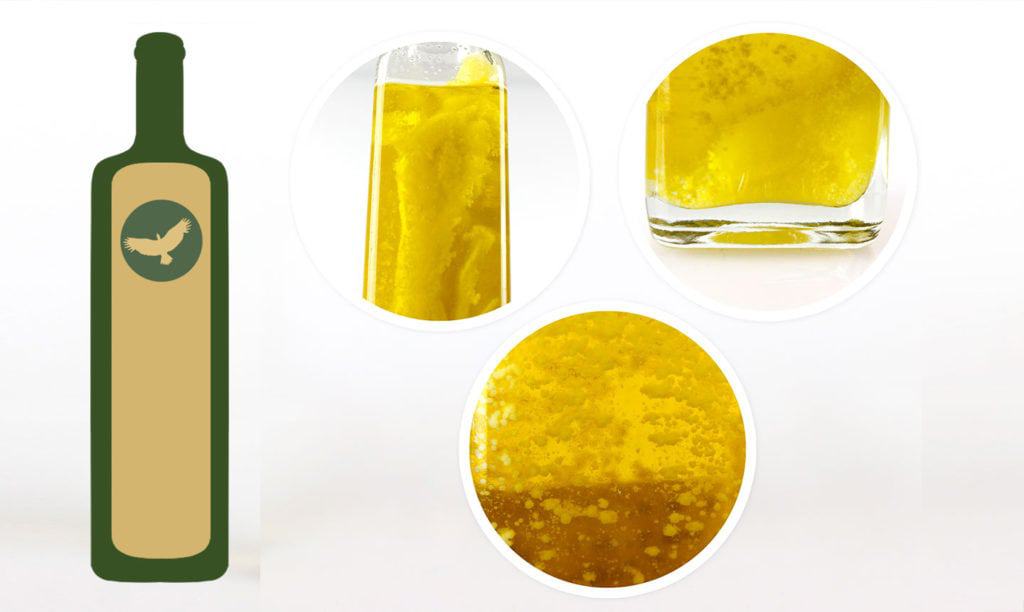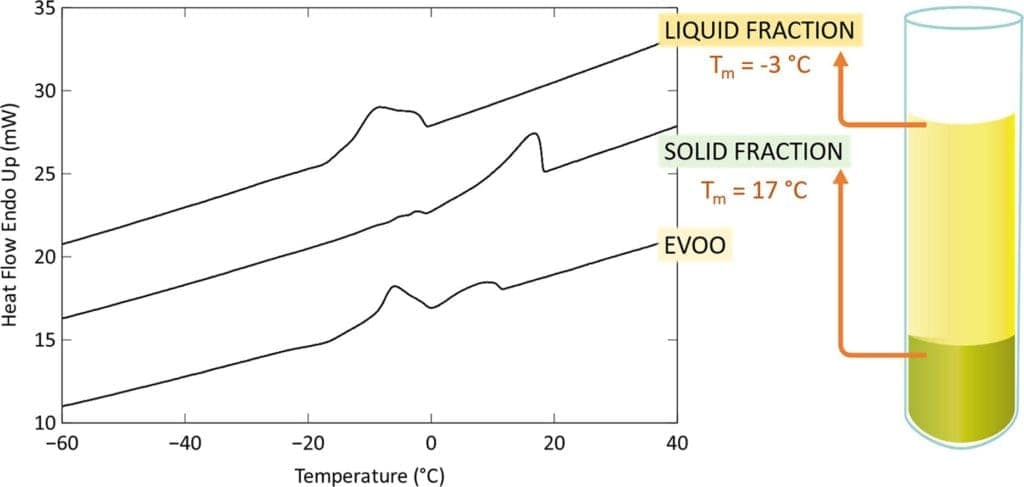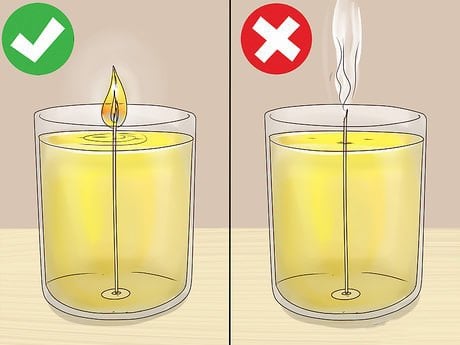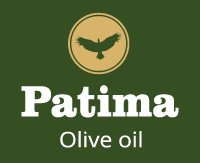Unveiling the Secrets of Olive Oil Quality:
Beyond the Freezing Test
Olive oil, often referred to as liquid gold, is a staple in many kitchens around the world. Its health benefits, particularly the high content of monounsaturated fats like oleic acid, make it a sought-after culinary delight. While there are various methods touted for assessing olive oil quality, such as the freezing test, it’s crucial to delve deeper into the science behind it. In this blog post, we will explore the complexities of testing olive oil quality and why freezing alone may not be a reliable indicator.

The Science Behind Freezing Points:
Monounsaturated fats, including oleic acid, found abundantly in olive oil, have a higher melting point compared to polyunsaturated fats. Oleic acid’s melting point is around 13°C, while most polyunsaturated fats start to solidify at -18°C. Consequently, olive oil begins to solidify around -6°C, reaching a complete solid state at -12°C. This higher melting point means that the oil takes longer to freeze completely.
Oleic Acid and Crystallization: Oleic acid, the predominant monounsaturated fatty acid in olive oil (55-83% of its fatty acid content), does not freeze itself. Instead, during cooling, oleic acid’s molecular structure resists crystallization. As a result, other components, such as saturated fats and waxes, crystallize and form solid particles, giving the oil a cloudy appearance.

Factors Influencing Freezing Points: The freezing point of olive oil can vary depending on factors such as the olive type and processing methods. For example, Koroneiki olive oil has a higher melting point than some other varieties. Additionally, heat or chemical processing may lower the melting point compared to cold-pressed olive oil.
Freezing Test Limitations: To assess the quality of olive oil, the freezing test is often employed, but its reliability is debatable. A high-quality extra virgin olive oil, containing over 70% oleic acid, may not freeze easily. The freezing point can be affected by factors like olive type, processing methods, and water content. Some top-tier olive oils may not freeze at all, while lower-quality ones might freeze even when not pure.

Alternative Quality Test
In Crete, a region renowned for its exceptional olive oil, a unique test involves placing a candle wick in a small glass of olive oil. Pure olive oil should produce a flame with no smoke. The intensity of smoke can indicate impurities, and if the oil fails to ignite, it lacks the necessary monounsaturated fats, confirming it’s not authentic olive oil.
Conclusion: While the freezing test has been a traditional method to assess olive oil quality, its reliability is questionable due to various influencing factors. Instead, focusing on the taste, coupled with alternative tests like the candle wick method, provides a more comprehensive evaluation of olive oil quality. In Crete, where olive oil is not just a product but a tradition, ensuring the authenticity and purity of this liquid gold is an art passed down through generations. So, the next time you savor that exquisite olive oil, remember, its true quality is best measured by the taste on your palate.

